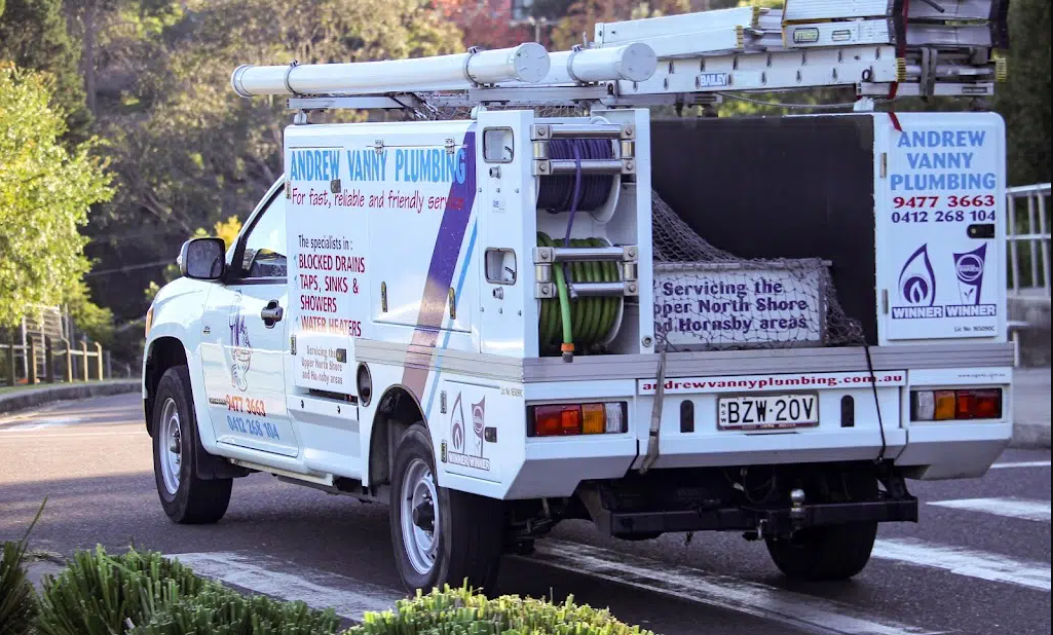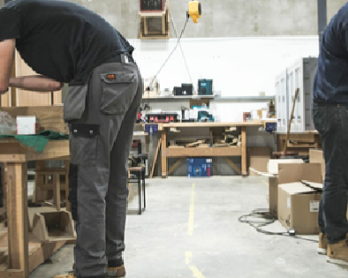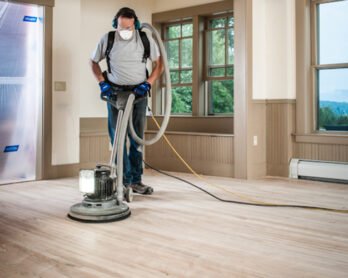10 Easy Ways to Detect Hidden Water Leaks in Your Home

Water leaks in your home can be a silent menace, causing damage to your property, soaring utility bills, and potential health hazards. Detecting and fixing these hidden leaks promptly is crucial to prevent significant damages and conserve water.
If you’ve discovered water leaks in your home and are unsure how to handle the repairs yourself, hiring a professional plumber Mosman is an excellent decision. Plumbers are trained and experienced in dealing with various plumbing issues, including water leaks.
Here are ten ingenious ways to find those sneaky water leaks lurking within your walls, floors, and plumbing systems.
1. Check Your Water Meter
Start with a simple test by turning off all water sources inside and outside your home. Record the water meter reading and wait for a few hours, making sure no water is used during this time. After the waiting period, check the meter again. If the reading has changed, it indicates a water leak somewhere in your home. Then all you need is to hire a professional plumber Mosman, to save your water bill.
2. Monitor Your Water Bill
Keeping a close eye on your water bill can help you detect potential leaks. If your water usage has spiked unexpectedly, yet your household habits haven’t changed, it may indicate a hidden leak. Compare your current and previous bills to spot any unusual fluctuations.
3. Perform a Toilet Dye Test
Toilets are a common source of hidden leaks. Drop a few drops of food colouring or a dye tablet into the toilet tank and wait for 30 minutes without flushing. If the dye appears in the toilet bowl without flushing, there’s a leak in the flapper valve, which needs immediate attention.
4. Use Your Ears
Sometimes, you can hear the sound of water leaking. Turn off all appliances and faucets, and listen carefully for the sound of running water. If you hear any unusual dripping or running, follow the sound to locate the source of the leak.
5. Inspect Walls and Ceilings
Check your walls and ceilings for signs of water damage, such as discoloration, peeling paint, or bubbling wallpaper. These signs indicate a potential leak behind the surface. Investigate further to identify the extent and source of the water leak.
6. Use a Water Leak Detection Device
Invest in a water leak detection device that can monitor the moisture levels in your home. These devices can alert you to any unusual increases in moisture, allowing you to catch leaks early on and prevent extensive damage.
7. Perform a Faucet and Showerhead Inspection
Leaky faucets and showerheads are common culprits for hidden water leaks. Check each faucet and showerhead for drips or leaks. Sometimes, a quick tightening or replacement of the washers can resolve the issue.
8. Examine Your Exterior
Inspect the exterior of your home, looking for any damp or sunken areas in your yard, as well as unusually green patches of grass. These could be signs of an underground water pipe leak.
9. Check Appliance Connections
Appliances like washing machines, dishwashers, and refrigerators with water lines should be regularly inspected. Ensure that the connections are secure and there are no visible signs of leaks.
10. Infrared Camera Inspection
For the most accurate detection of hidden water leaks, consider hiring a professional service with an infrared camera. These cameras can identify temperature differences and moisture levels behind walls and floors, pinpointing the exact location of the leak.
Hire a plumber to address the water leaks
Addressing water leaks promptly is essential to prevent property damage, save water, reduce utility bills, and maintain a safe and healthy living environment. By taking immediate action when leaks are detected, you can avoid costly repairs, contribute to water conservation efforts, and protect both your home and the environment.
- Preventing Property Damage: Water leaks can cause significant damage to your property. They can weaken the structure of your home, damage walls, ceilings, and floors, and even lead to mould growth. The longer a leak goes unnoticed and untreated, the more extensive the damage can become, making repairs more costly and time-consuming.
- Saving Water: Water leaks result in unnecessary water wastage. Even small leaks can add up to a substantial amount of water wasted over time. Conserving water is essential for the environment and helps in sustainable water management, especially in regions facing water scarcity.
- Reducing Utility Bills: Undetected water leaks can cause your water bills to skyrocket. You end up paying for water that you aren’t even using. By resolving leaks promptly, you can avoid unnecessarily high utility bills and save money in the long run.
- Preventing Mold Growth: Excess moisture from water leaks creates an ideal environment for mould to grow. Mold not only damages surface and reduces indoor air quality, but it can also pose health risks, particularly to those with allergies or respiratory issues.
Detecting and fixing hidden water leaks in your home is essential for preserving both your property and the environment. By following these ten ingenious methods, you can save yourself from the headache of dealing with extensive water damage and significantly reduce your water wastage. Early detection is key to preventing costly repairs and conserving water in the long run.




